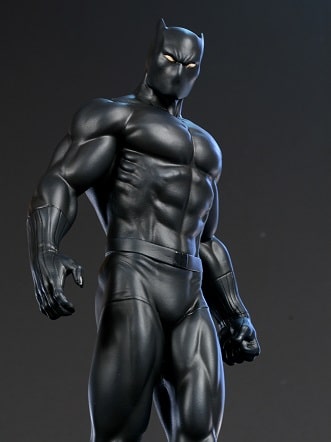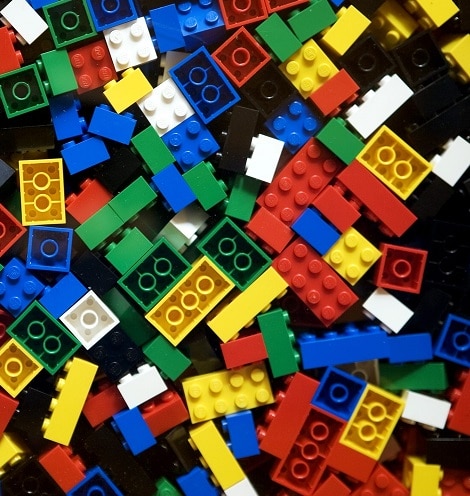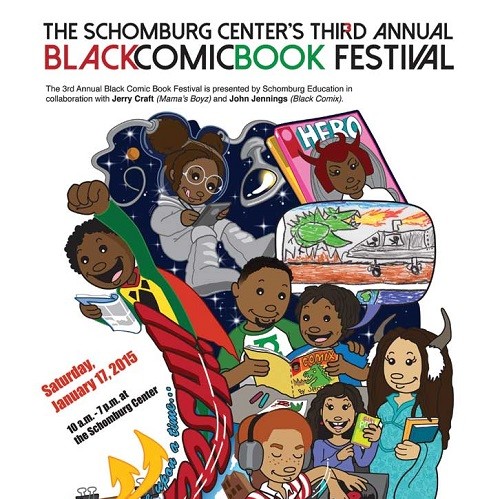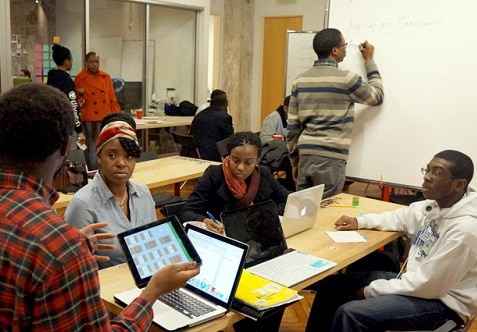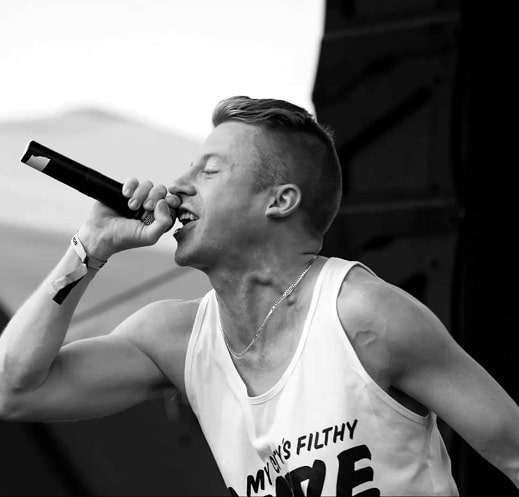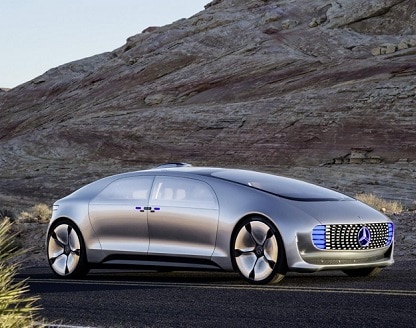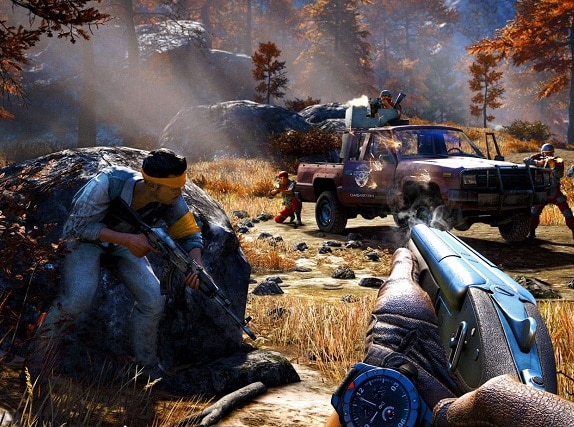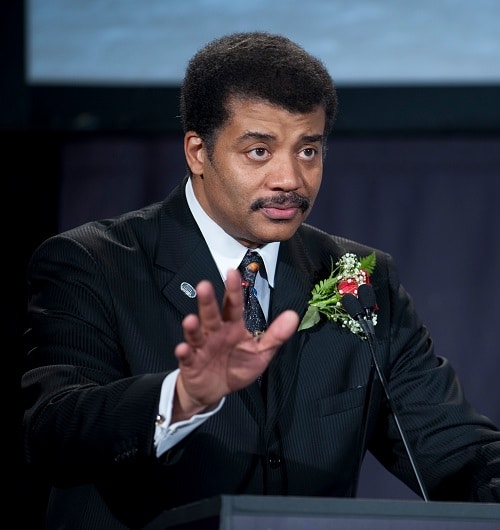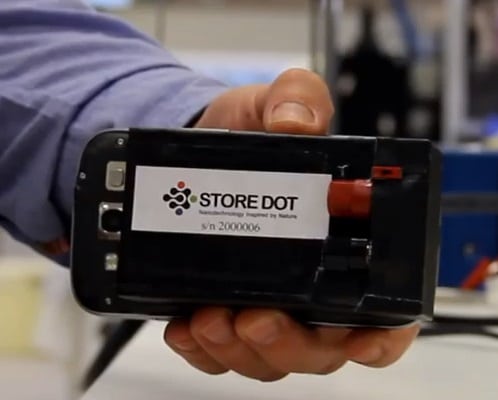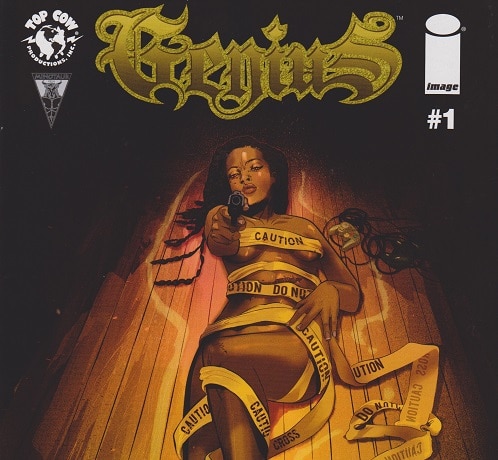Comic book festivals and conventions are where faithful fans, creators, artists and writers meet. They are also a place where people can discover something new. Black comic book festivals carry an additional purpose — to focus on an underserved market. This Dr. Martin Luther King Jr. weekend, Blerds on both coasts will have an opportunity to geek out over the latest in offerings from creators, artists and writers of color.
In Harlem on Saturday, the Schomburg Center for Research in Black Culture hosts the third annual Black Comic Book Festival from 10 a.m. to 7 p.m. In San Francisco, the historic NorCal Dr. Martin Luther King Jr. Foundation Celebration added the Black Comix Arts Festival [BCAF] to its list of activities, with events kicking off Sunday and continuing through Monday. Both festivals are free to the public.
John Jennings, co-founder of both events, will spend much of his weekend in an airplane — a sacrifice he’s happy to make to support Black comics creators and fans.
“Images are extremely important and so are the lack of them,” Jennings said. “It is very empowering to see ourselves reflected in the culture and society in which we participate. On the other hand, it is just as debilitating to not see ourselves. Our invisibility is sometimes deafening. It is vital for Black creators to have a voice and a space or resistance to this erasure. There’s a small contingent of Black creators in
the mainstream, but never as many as there should be. However, there’s an alternative, and now
with the access to various modes of publishing, there’s a movement happening.”
Jennings, an associate professor of art and visual studies at the University at Buffalo, has made comics his lifelong study, both as an academic and as a creator and artist and is quick to point out that the involvement of creators of color in comics is nothing new.
“For the last 20 years or so, there has been an independent Black comics culture brewing just beneath the surface. There’s now a loosely connected network of Afrocentric, alternative, diverse cons that are mostly situated on the East Coast, the Midwest and Southeast.” The network includes Yumy Odom (ECBACC), Joseph Wheeler III (OnyxCon), Alexander Simmons (Kids ComicCon), Andre Batts (Black Age Motor City), Maia Crown Williams (MECCA), and Preach Jacobs (ColaCon).
Jennings and colleagues Dr. Jonathan Gayles, Jerry Craft and Deirdre Hollman of the Schomburg Center pooled their resources together and created the Black Comic Book Festival at the Schomburg Center in Harlem. The festival has been very successful in bringing thousands of people from around the city to Harlem to see the work of a variety of comics creators and illustrators of color, including Mshindo Kuumba, Jennifer Crute’, Chuck Collins, N Steven Harris, Tim Fielder, Micheline Hess, Nigel Carrington, Shawn Alleyne, Stacey Robinson and Alitha Martinez.
“It’s a joyous event, however, there’s a lack of true connection with Black creators on the West Coast,” Jennings said. “That’s why we wanted to make a ‘sister’ event. We wanted to make MLK weekend a Black Comix weekend and have a bicoastal connection centered around comics and Black subjectivity. What better time to celebrate the power of dreams?”
Jennings cited San Francisco’s long history with comics, especially underground and independent comics and its longtime commitment to celebrating the legacy of King through the MLK NorCal Foundation, as important reasons why the city was perfect for the inaugural event.
“[San Francisco is] home to one of the best comics stores in the country — Isotope: The Comics Lounge, and Aaron Grizzell, director of the MLK NorCal, puts on one of the largest MLK Day celebrations in the country and brings in around 30,000 people a year to celebrate the legacy of King and the Civil Rights Movement. [The event] has a bevy of inspiring and entertaining festivals that all happen after a large commemorative march during the day.”
Jennings, Grizzell and additional co-founders Colette Rodgers, Ayize Jama-Everett, David Walker and Shawn Taylor put their  heads together and came up with BCAF. Even though this is the festival’s first year, the stars and the comic book industry have already taken notice.
heads together and came up with BCAF. Even though this is the festival’s first year, the stars and the comic book industry have already taken notice.
“I am so excited to see the creators of “Concrete Park” — Tony Puryear and Erika Alexander,” Jennings said. “They are just marvelous and generous artists. The amazing Kevin Grevioux, writer, producer and actor. He is the co-creator of the “Underworld” franchise and also the creator of “The Blue Marvel.” I am super excited to meet Eric Dean Seaton, the writer/creator of the high-flying adventure book “Legend of Mantamaji.” In addition to that I am stoked to meet the publisher and writer, Sebastian Jones, who is doing a new book with Amandla Stenberg, the young actor best-known as the character Rue from the Hunger Games film. I’ve never met Fred Noland. He’s a Bay Area indie artist and he’s on my panel! So, I am looking very forward to getting to know about him and his work. Nancy Cato. I’ve never met Nancy face-to-face and I can’t wait to do so. Also, the Love Brothers, Jeremy and Robert from Gettosake Entertainment. It’s always a pleasure to hang with them. Honestly, I am super excited to see everyone!”
Eric Dean Seaton, longtime television director, chose the BCAF to launch the 2015 leg of his book tour for his new graphic novel series, “Legend of the Mantamaji,” with an author conversation and book signing event at 4 p.m. Sunday at the Creativity Theater.
“The addition of the Black Comix Arts Festival to the selection of NorCal MLK events is an important one,” Seaton said. “Comics and graphic novels are touching every corner of pop culture, and while African-Americans are large consumers of the media, too often they are marginalized or left out of the story altogether. This event highlights the significant contributions creators, artists and writers are making, bringing true diversity in the medium. I’m very excited and proud to be a part of the inaugural event.”
Jennings sees the events as simply evidence of longstanding Black tradition.
“Alternative Black Speculative spaces like Afrofuturism, AfroSurrealism, EthnoSurrealism and others have been on the rise worldwide. We don’t have to beg the mainstream to represent us. We can do it ourselves and put it out there. We exist and we dream. The Black imagination is what helped our ancestors survive. What was Dr. King if not a Black Speculative creator? That mountaintop he spoke of wasn’t in this dimension, or time, or space. It was somewhere else waiting for us to find it.”
Source: Terreece M. Clarke at LifeSlice Media

